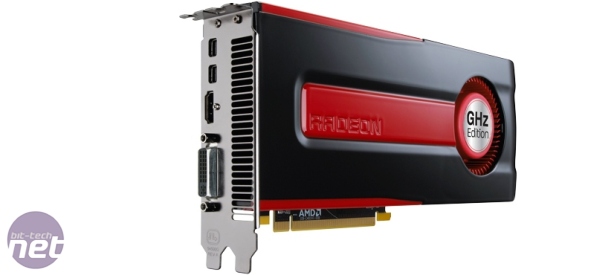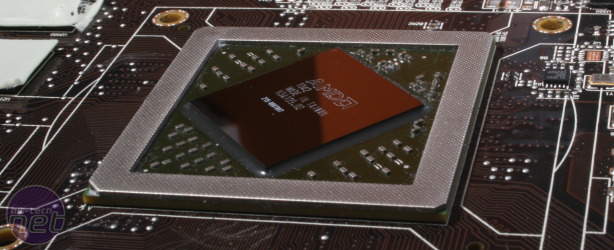The Path of Progress: Tracking the evolution of AMD’s graphics cards
September 6, 2012 | 09:25
Companies: #amd

The Path of Progress: Tracking the evolution of AMD’s graphics cards
This article is sponsored by AMD.
When it comes to graphics cards, it’s almost impossible to think you wouldn’t know about AMD. The processor giant has also been at the forefront of graphics technology since it shifted its sole CPU focus to GPUs with the purchase of ATi in 2006. Eight years down the line, AMD has come a long way, refining existing technology and pioneering new ones. The Radeon HD 7000-series marks the biggest change yet, with a completely new architecture and a greater emphasis on GPGPU computing.
There’s clearly a strong lineage, even from such a short space of time, so to commemorate the launch of AMD’s latest, we thought we’d take a trip down memory lane to see what shaped the company into the beast it is today.
Back in 2006, AMD was riding high on the incredible success of its Athlon 64 processors, which were loved by everyone from occasional PC users looking for great value to hardcore gamers wanting the best performance for their pound. Spotting a chance to expand, the company reinvested its earnings into Canadian graphics giant ATI, which at the time represented roughly one half of the entire global graphics card market. Completing the deal in a matter of months, the newly acquired division was set to work expanding and developing ATI’s existing range and focusing on new technologies that would appeal to performance-hungry gamers.

Click to enlarge
Looking back, many of the features we now take for granted on AMD graphics cards were far more rough and ready on ATI hardware. CrossFire, a multi-GPU technology that let you link two x800, x850s, x1800s or x1900s together for significantly better 3D performance, was first launched in 2005, but was a very different beast to what it became on AMD silicon. You not only required a CrossFire compatible motherboard, but master and standard editions of a particular card and an external dongle before you could even think about playing games. The initial version was also limited to 1,600x1200 at 60hz, or 1,920x1,440 at 52hz, which made it impractical for owners of high refresh rate CRT monitors or widescreen LCD ones.
After the AMD takeover, CrossFire was overhauled into CrossFireX, a much simpler system that used the internal ribbon cable design we’re familiar with today. The resolution limitations and master card requirements were removed, as was the need for a specific motherboard – today, all the major motherboard chipsets are supported. You can now pair graphics cards of different clock speeds together without limiting the faster one to the same GPU clock as the slower one, meaning you can mix and match from different board partners. Today, CrossfireX on the Radeon HD 7000-series sees anything up to double the average frame rate in certain games versus a single card.

Click to enlarge
AMD pushed graphics fidelity to the next level in 2007, with support for DirectX 10 and OpenGL 3.3. Both development frameworks were major improvements over the previous versions, adding support for more visually impressive effects such as soft shadows, more detailed particle effects and dramatically improved real-time lighting. The trend of adopting the latest DirectX version has continued with every launch of a new GPU family since, with this year’s Radeon HD 7000-series supporting the latest DirectX 11.1. That means you’ll be ready for when Windows 8 launches in October, bringing the new version of DirectX with it.
2009 saw the launch of the Radeon HD 5800-series, along with AMD EyeFinity technology. This unique system marked the first time a single graphics card could output to three displays simultaneously without buying an expensive breakout box, becoming a real alternative to incredibly expensive ultra-high resolution displays. EyeFinity edition cards could go even further, supporting up to six displays at once through six mini DisplayPort outputs. The Radeon HD 5970 was the fastest graphics card ever released at the time, which made it the ideal card to show off EyeFinity’s potential.
Click to enlarge
With a greater input from AMD than ever before, the venerable ATI brand was finally retired in 2010 with the launch of the 6000-series GPU family. The 4-way VLIW architecture that would appear in this year’s Radeon HD 7000-series first made an appearance in the Radeon HD 6970 and Radeon HD 6950, both of which included support for AMD HD3D for the first time.

MSI MPG Velox 100R Chassis Review
October 14 2021 | 15:04










Want to comment? Please log in.